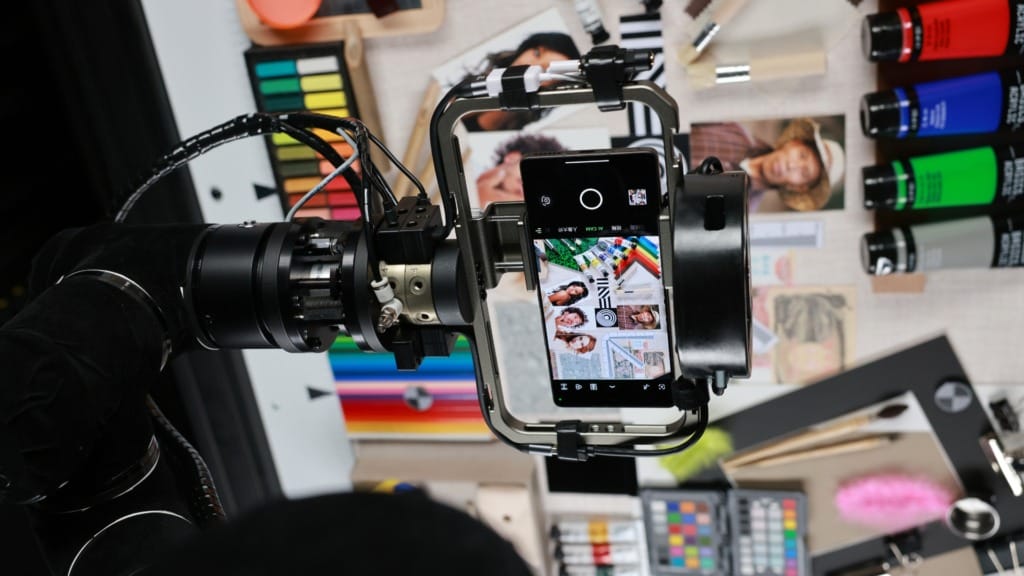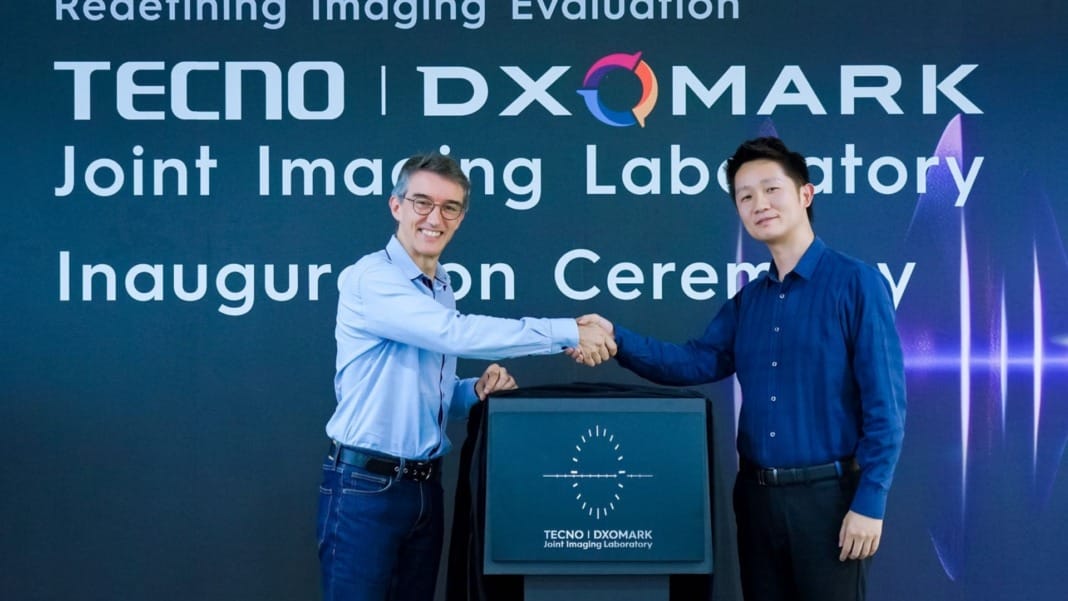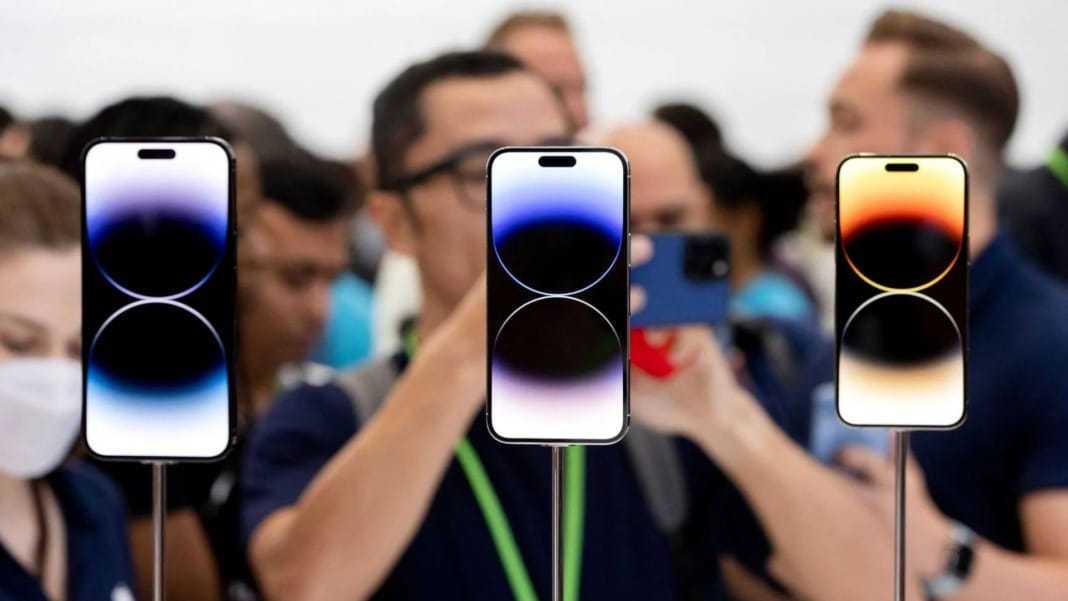TECNO has partnered with DXOMARK to establish the world’s first fully automated smartphone imaging laboratory in Chongqing, China. Known as the TECNO DXOMARK Joint Imaging Laboratory, the facility introduces a new benchmark in camera evaluation by using automation to deliver consistent, precise, and globally inclusive testing.
Advancing smartphone imaging standards
The lab is the first to deploy DXOMARK’s Camera V6 automated testing solutions, representing a major step forward in how smartphone cameras are assessed. With this development, both companies aim to standardise and refine the process of camera testing while supporting the creation of imaging solutions that meet diverse user expectations across global markets.
Frédéric Guichard, CEO of DXOMARK, said the project demonstrates the companies’ shared ambition to lead the way in imaging innovation. “By combining our scientific expertise with advanced automated lab capabilities, we provide TECNO with a fully automated laboratory that delivers efficiency, precision, and comprehensive evaluations at the core of their development process,” he said.
Fanyi Zhou, Head of Imaging Quality Lab, added that the collaboration has transformed objective imaging evaluation. “It dramatically accelerates our imaging innovation pipeline, enabling more authentic and inclusive experiences for global users,” he said.
Precision automation and inclusive evaluation

The TECNO DXOMARK Joint Imaging Laboratory is built on three main innovations: automated testing, inclusive imaging evaluation, and region-specific customisation.
The automation system uses robotic arms for micron-level positioning, automated chart switching, and AI-driven environmental simulations. This allows complete testing workflows to be executed without human intervention, from calibration to final reporting. As the first facility to implement DXOMARK’s Camera V6 standards, it sets new benchmarks for efficiency, consistency, and reliability.
The lab also incorporates inclusive imaging evaluation by using 3D head models and calibrated 2D colour charts that represent a wide range of skin tones. This approach ensures more accurate calibration of colour and texture reproduction, supporting fairness and authenticity in smartphone imaging.
On top of these capabilities, the system enables region-specific customisation. For example, it enhances exposure settings for African markets where brighter images are often preferred, while optimising noise reduction for Southeast Asian markets where clearer night shots are a priority. These insights help manufacturers adapt imaging algorithms to local expectations, ensuring better user satisfaction across different regions.
Driving TECNO’s global strategy
The integration of this facility into TECNO’s research and development roadmap will enable the company to accelerate algorithm updates and build imaging technologies tailored to global needs. By leveraging multi-skin-tone data and automated precision testing, TECNO aims to deliver cameras that perform more effectively in real-world conditions across varied cultural and environmental contexts.
The company’s strategy, guided by its “Stop At Nothing” ethos, is focused on creating inclusive technology that meets the demands of users worldwide. The joint lab not only strengthens TECNO’s innovation pipeline but also highlights a broader industry shift towards automated, standardised, and fair evaluation of smartphone imaging.





